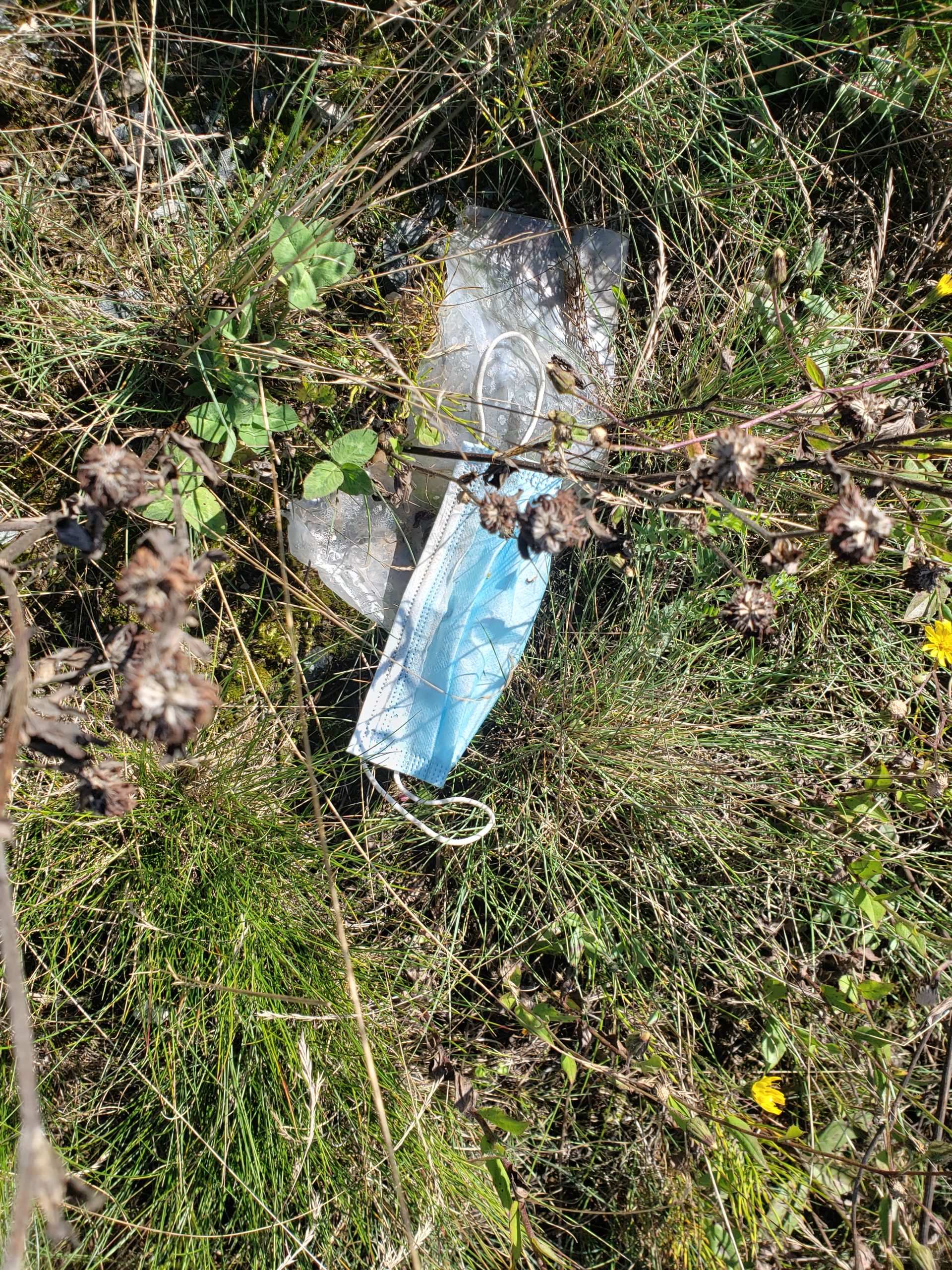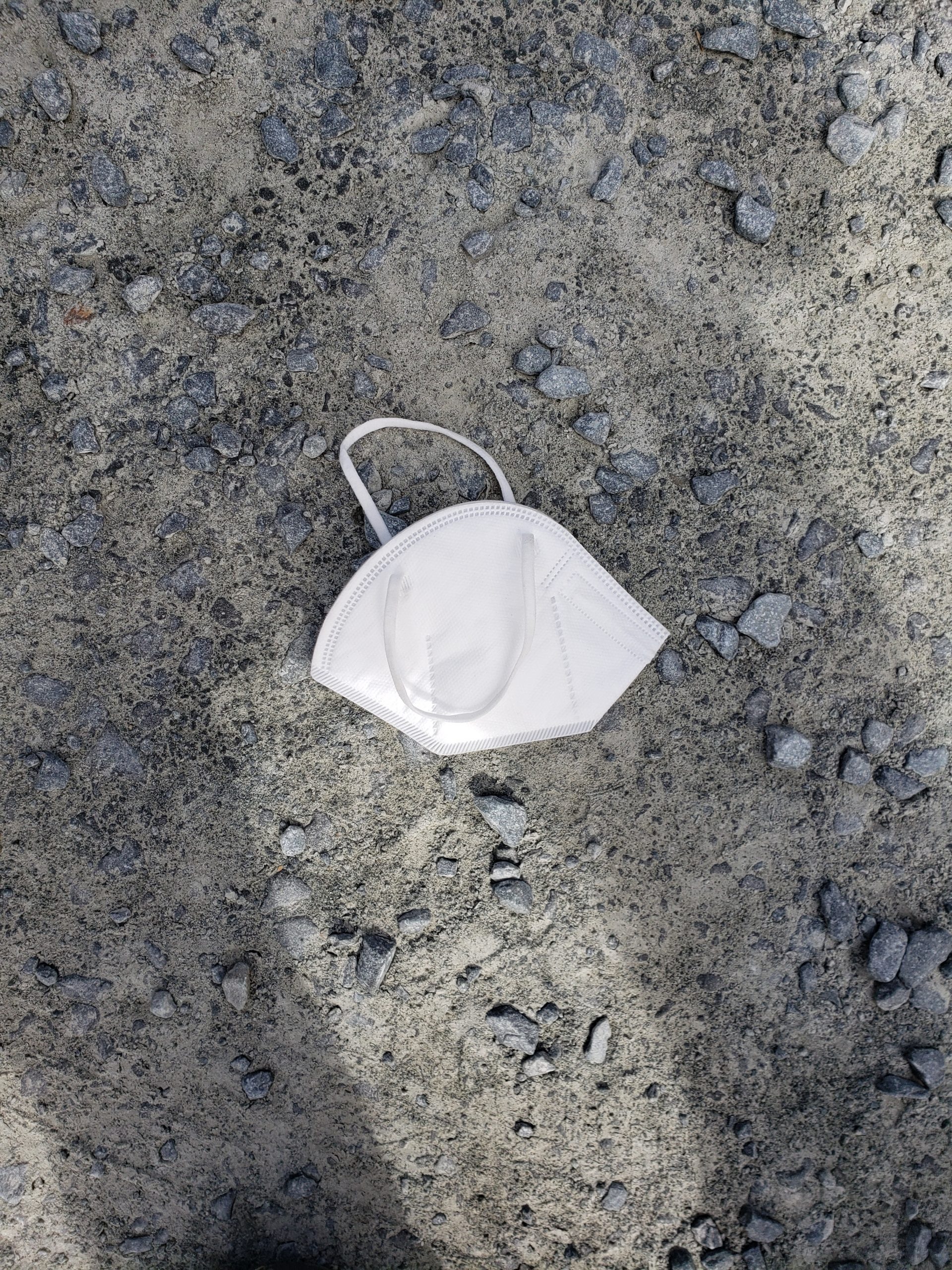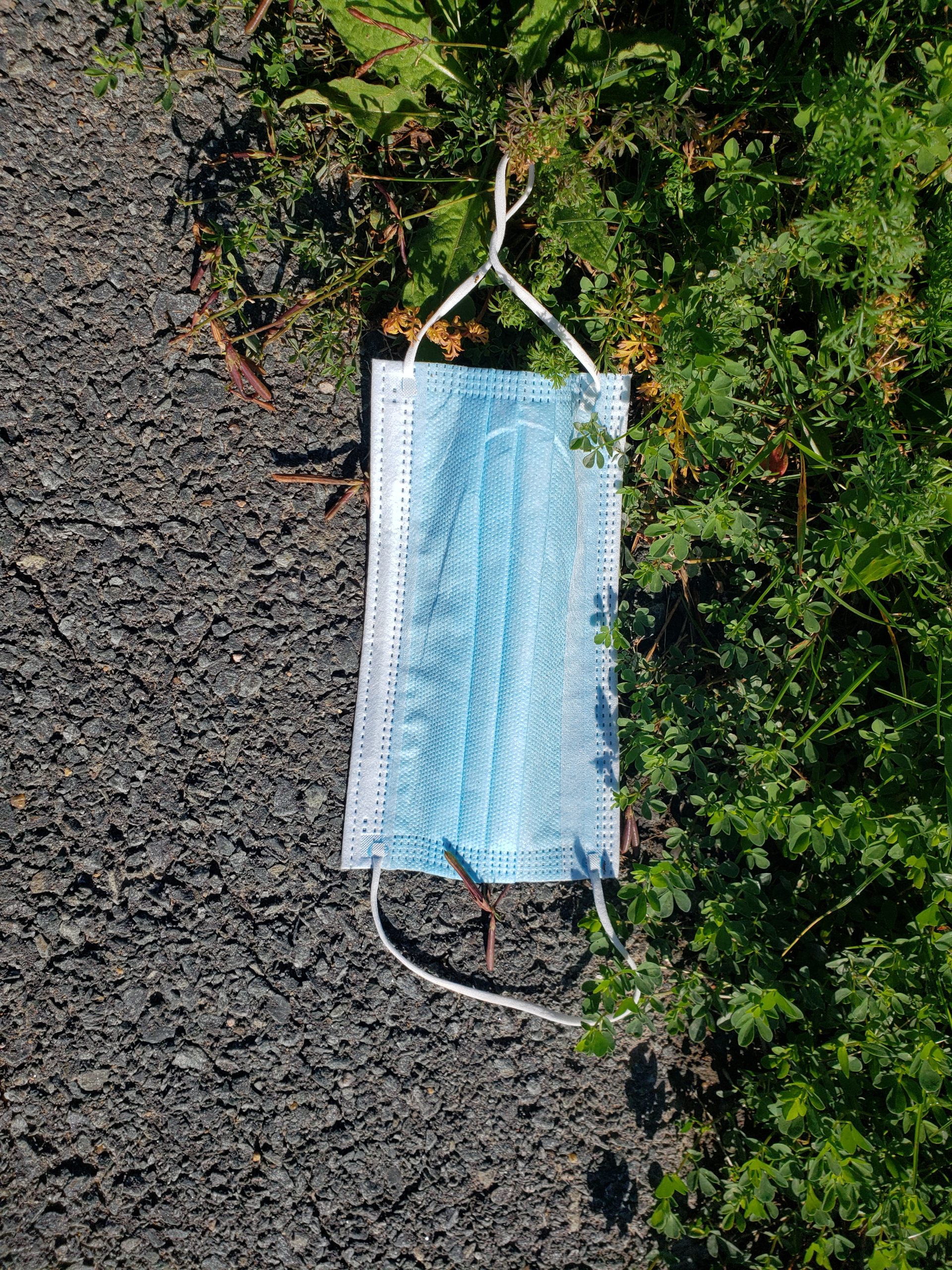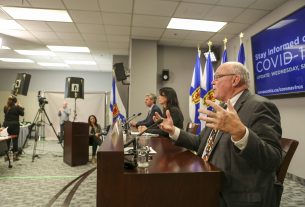**** NS Government Release
Coronavirus (COVID-19): masks

Requirements for wearing a mask and how to choose and take care of a non-medical mask to help prevent the spread of COVID-19.
When worn properly, non-medical masks can reduce the risk of transmitting the virus. Your mask can be a commercial non-medical mask or a homemade mask that covers your nose and mouth. A face shield can’t be worn instead of a non-medical mask (face shields protect your eyes, but don’t protect other people).
Using a mask alone isn’t enough to prevent the spread of COVID-19. You should also make sure to keep your hands clean, follow cough and sneeze etiquette and social distancing guidelines and stay home if you’re feeling sick.

When to wear a mask
Public places
Wearing a non-medical mask is required in most indoor public places. Children under 2 are exempt, as well as children 2 to 4 when their caregiver can’t get them to wear a mask. People with a valid medical reason for not wearing a mask are also exempt. Schools, day cares and day camps continue to follow their sector-specific plans.
Public places include:
- retail businesses and shopping centres
- personal services businesses like hair salons, barber shops, spas, nail salons and body art establishments (except during services that require removing a mask)
- restaurants and liquor licensed (drinking) establishments like bars, wineries, distillery tasting rooms and craft taprooms (except while you’re eating or drinking)
- places of worship and faith gatherings
- places for cultural or entertainment activities and services (like movie theatres, theatre performances, dance recitals, festivals and concerts)
- places for sports and recreational activities, including fitness establishments, like pools, gyms, yoga studios, climbing facilities and indoor tennis facilities (except during an activity where a mask can’t be worn)
- places for events (like conventions, conferences and receptions)
- municipal and provincial government locations that offer services to the public
- common areas of tourist accommodations (like lobbies, elevators and hallways)
- common areas of office buildings (like reception areas, elevators and hallways), excluding private offices and apartment buildings
- common areas and public spaces on university and college campuses (like the library and student union building, but not classrooms, labs, offices or residences)
- train stations, bus stations, ferry terminals and airports
A business or government official can ask you to remove your mask for identification purposes (you can remove it momentarily for this reason).
Public transportation
All passengers and drivers on public transportation are required to wear non-medical masks. Children under 2 are exempt, as well as children 2 to 4 when their caregiver can’t get them to wear a mask. People with a valid medical reason for not wearing a mask are also exempt.
Public transportation includes:
- municipally operated public transit (buses and ferries)
- school buses and vehicles operated by private schools
- community transit vehicles (like community operated buses)
- commercial vehicles like motor coaches, shuttle vans and vehicles providing charters and tours
- taxis
- vehicles serving residents and staff at long-term care facilities
Businesses and workplaces
All businesses, organizations and workplaces need to follow the Health Protection Act Order and their sector-specific plans, including any additional mask requirements for areas that are not accessed by the public. They can choose to refuse entry or service to people who are not wearing a non-medical mask when required in indoor public places, unless they have an exemption identified in the Health Protection Act Order (PDF).

Businesses, organizations and workplaces where masks are required under the Health Protection Act Order are encouraged to post a Face Mask Required Sign (PDF) to let customers and clients know that masks are mandatory.
Exemptions to wearing a mask
Exemptions to wearing a mask include:
- children under the age of 2
- children 2 to 4 when their caregiver can’t get them to wear a mask
- anyone with a valid medical reason for not wearing a mask
- anyone who is reasonably accommodated under the Human Rights Act (PDF)
- anyone who is unable to remove the mask without assistance
- people in a courtroom, jury room or secured area in a courthouse, or room where a legislative administrative tribunal is meeting
- performer or officiant who is performing activities that require vocalization (like talking or singing) at a faith gathering, wedding, funeral, social event, or arts and culture event
- people in a room for events (like a hotel, convention or conference meeting room) attending a private business meeting with no more than 50 people
Medical reasons for not wearing a mask
Wearing a mask helps to prevent the spread of COVID-19 and helps protect people who are around you. There are very few medical reasons not to wear a mask. Wearing a mask doesn’t worsen chronic lung conditions like asthma or chronic obstructive pulmonary disease (COPD).
You should wear a non-medical mask unless you have a medical reason for not wearing a mask (like people with cognitive or developmental disabilities who can’t wear a mask). Children under the age of 2 shouldn’t wear a mask.
If you have chronic breathing problems or a mental health condition that creates anxiety, you may be able to work on ways to overcome the anxiety (like wearing a mask for short periods of time at home). You can try different types of masks and choose one you’re comfortable with. You can also talk to a doctor or pharmacist about it.
Children
You may need to help your child get used to wearing a mask (like wearing a mask for short periods of time at home, putting a mask on a stuffed animal and showing your child how they look in their mask).
Choosing a mask
Non-medical masks should:
- allow for easy breathing
- fit securely to the head with ties or ear loops
- maintain their shape after washing and drying
- be changed as soon as possible if damp or dirty
- be comfortable and not require frequent adjustment
- be made of at least 2 layers of tightly woven material fabric (like cotton or linen)
- be large enough to completely (and comfortably) cover the nose and mouth without gaping
Some masks include a pocket to accommodate a paper towel or disposable coffee filter to help increase the effectiveness.
Non-medical masks shouldn’t:
- impair vision or interfere with tasks
- be made of non-breathable materials
- be made of plastic, unless there are at least 2 layers of tightly woven material fabric (like cotton or linen) surrounding the plastic, without gaping
- be secured with tape or other inappropriate materials
- be made exclusively of materials that easily fall apart, such as tissues
- be shared with others
- have exhalation valves
Masks with exhalation valves are not recommended, because they don’t protect others from COVID-19 and don’t limit the spread of the virus.
Making a mask
You can make a mask by following the federal government’s instructions on how to make a homemade mask.
How to wear a mask
When wearing a mask, you should:
- check the mask for tears or holes
- make sure the mask is clean and dry
- wash your hands or use alcohol-based hand sanitizer before and after touching the mask
- make sure your hair is away from your face
- use the ear loops or ties to put the mask over your nose and mouth and secure to your head or ears with its ties or elastics
- check that the mask fits snugly to the cheeks and fully covers your nose and mouth (there shouldn’t be any gaps)
- avoid touching your face
Removing a mask
When removing a mask, you should:
- wash your hands with warm water and soap for at least 20 seconds or use alcohol-based hand sanitizer containing at least 60% alcohol
- remove the mask by un-tying it or removing the loops from your ears
- avoid touching the front of the mask
Storing, cleaning and disposing a mask

Store your mask in a clean place until you need to wear it again. When your reusable mask becomes damp or dirty, wash it with hot, soapy water and let it dry completely before wearing it again. You can include a cloth mask with other laundry.
Damaged and disposable masks should be put in a regular garbage bin that’s lined with a plastic bag. When emptying the bin, take care to not touch used masks or tissues with your hands.

Please cut the straps before disposing of masks! This can help limit harmful exposure to wildlife.




